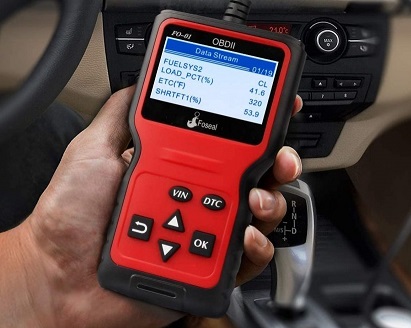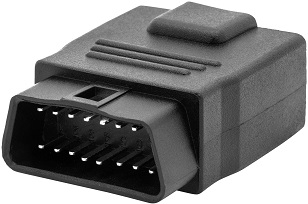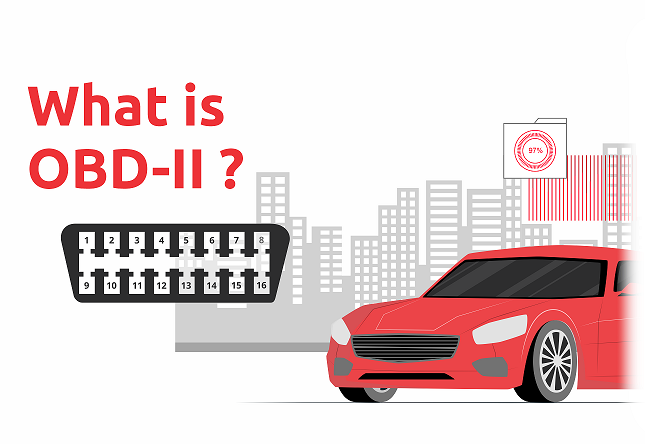Cars have been using computers to manage various systems since the 1970s, and the number of systems controlled by digital computers has skyrocketed since then. New complications come along with new technology, meaning the advent of computer-controlled engines and powertrains necessitated a new diagnostic system for diagnosing malfunctions. That’s where OBD comes in.

On-Board Diagnostics (OBD) is a system that monitors a car's computer system and reports diagnostic trouble codes. Devices like an OBD-II code reader can read diagnostic trouble codes (DTC) that the system stores when something goes wrong. Typically, at least one code is logged whenever the check engine light is illuminated. That's how OBD helps mechanics and drivers rapidly diagnose issues with OBD-equipped vehicles.

The engine computer, or ECU, uses a microprocessor to read inputs from various engine sensors in real-time, and these readings are used to inform how electronically controlled automatic transmissions, traction control systems, and more react to real world driving situations to create the optimal driving experience. When a reading is outside of the expected values, the system logs a DTC which will be stored to be read through the OBD port.
An OBDII is, simply put, the second generation of an OBD or OBD I. The OBD I was initially externally connected to the console of a car, while the OBDII is now integrated within the vehicle itself. The original OBD was used until OBDII was invented in the early 1990s.
